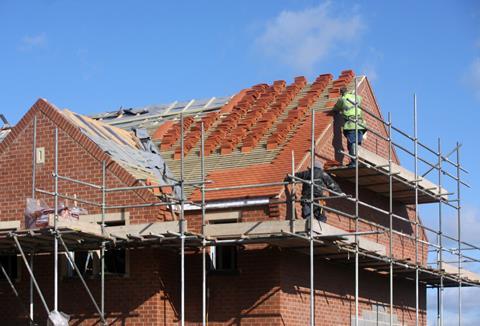Expectations of future workloads in private housing slump to lowest level for more than two years
Architects’ expectations of future workloads in the private housing sector hit their lowest point in more than two years last month as soaring inflation and rising mortgage interest costs take their toll on the market.
Architects now expect no growth in orders for private residential projects over the next three months, according to RIBA’s latest Future Trends survey.
Respondents returned an index figure of zero for expectations of future workloads in the sector in July, down five points from June’s survey. Any figure above zero signifies that architects expect workloads to increase over the next three months.
The index for private housing, which in recent years has consistently been the best performing sector covered by the survey, had been in positive territory since June 2020 in the middle of the first covid lockdown.

It comes following the weakest growth in house prices for a year, with values rising by just 0.1% in July. Lloyds, the UK’s biggest mortgage lender, forecast in June that house prices will grow just 1.8% this year and fall by 1.4% in 2023.
Burgeoning concerns about the future of the UK economy are now weighing down on clients and architects alike, RIBA said.
“Architects, even those with a full order book now, are increasingly concerned about workloads in three to six months.
“Inflation continues to push up construction costs, reduce the available funds for client investment, and so limit potential new commissions.”
Optimism about workloads for public sector projects also slumped again in July’s survey, dropping by five index points to -6, while the outlook for the community sector fell by two points to -8.
The commercial sector, which has typically had low workload expectations in recent years, edged up by three points to +1.
But optimism in London and the South of England, the largest markets for commercial schemes, fell last month with workload expectations across all sectors in the capital slipping by four points to -6 and by 7 points in the South of England to -3.
The picture was brighter in other regions, with the Midlands and East Anglia returning a figure of +10, the North of England +13 and Wales and the West +15.
The overall index stayed flat at +4.




























No comments yet